Dr. Anita Sabat
In the last part article, Anita Sabat traces the history of Odisha’s Rasagola and how it became a brand.
The Odia word ‘rasa’ means ‘juice’, ‘relish’, ‘flavor’ or ‘savor’. ‘Rasa’ refers to the ‘taste of something’. In Odisha, ‘rasa’ is intrinsically linked and present in so many spheres- food, literature, geographical places, and conversations.
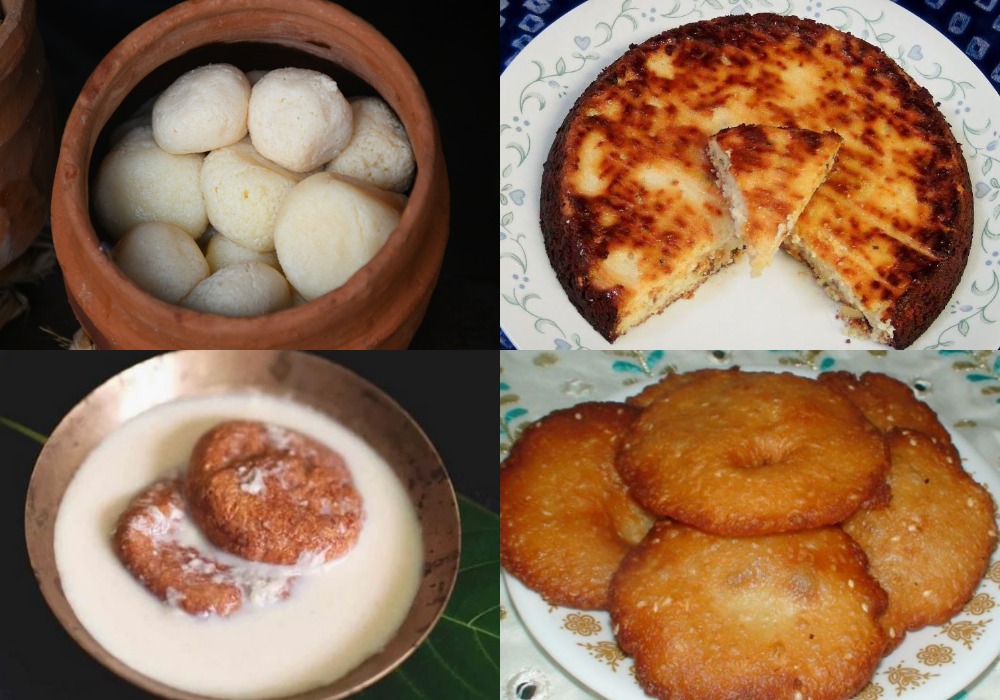
Apart from the Rasagola, Odisha has many sweets starting with the word ‘rasa’ like rasabara, rasakora, rasakhai, rasabali, rasaphena, rasakadamba, rasaladu, etc. Pages 7007-7020 of Volume VI of Purnachandra Odia Bhasakosha (Purnachandra Odia Dictionary) list words starting with ‘rasa’. This dictionary, with 1, 85,000 words and their meanings in four languages, is the result of three decades of dedicated work by Gopal Chandra Praharaj (1874-1945).
Many Odia sweets like chhenaladu, chhenamanda, chhenabada/chhenabara, etc. have been traditionally prepared from chhena and other ingredients from centuries.
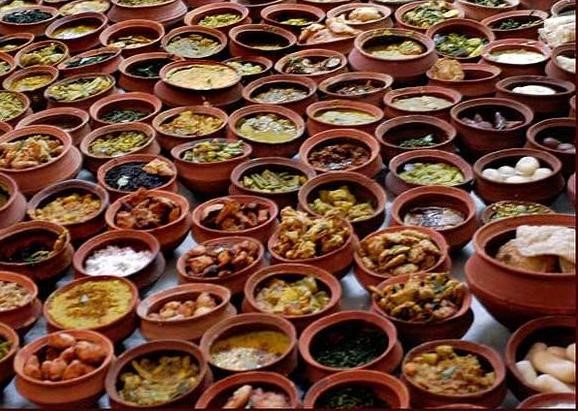
The Chhappan Bhoga of Shree Jagannath in Puri Temple in Odisha is not just limited to a fixed quantity of ‘fifty-six i.e. 56’ types of bhoga daily; the number varies as per festive occasions. Mahaprasad constitutes of more than a hundred dishes including many chhena dishes like Rasagola and Dahi-Rasagola. The general public is not aware of the bhoga and elaborates rituals. 115 varieties of bhoga of Shree Jagannath Temple were on display in an exhibition held by Neeladri Adhyatmik Trust on 24th December 2017 at Bhubaneswar.
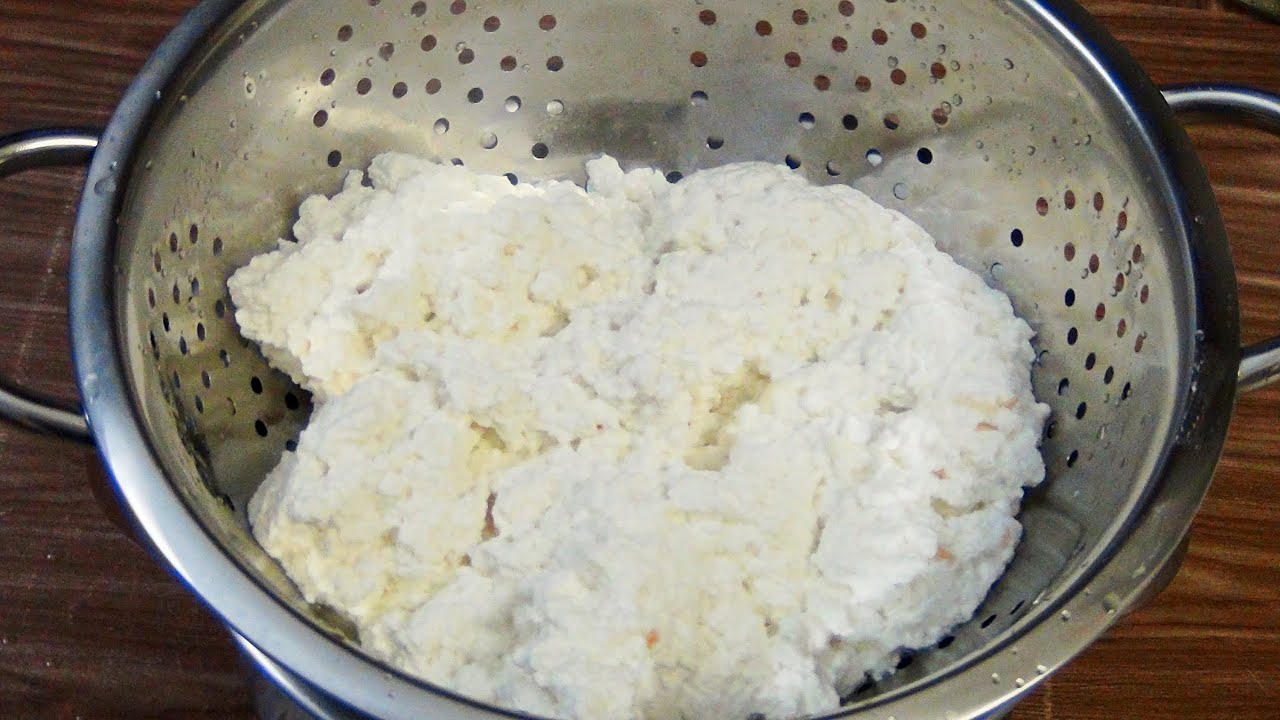
Main Ingredient:
Chhena, the main ingredient used for the preparation of Rasagola and other dishes, is not of ‘foreign origin’. Contrary to the belief that Portuguese has taught the art of chhena preparation, cottage-cheese dishes have been prevalent in the Puri Temple much before the Portuguese visited India. Though some argue that it is “sacrilege to offer curdled milk to Gods”, chhena dishes have been a part of Mahaprasad for long.
The dishes that are being offered to Lord Jagannath have had a centuries-old historical and cultural association. All food items are prepared with great care by following ancient customs. As per Puri Temple’s strict rituals and customs, only the dishes prepared using indigenous vegetables, fruits and grocery are allowed. That explains why foreign items, not native to our land, viz. chilly, potato, tomato, etc., are still not being used to prepare Mahaprasad. Had chhena been of foreign origin and not been indigenous, Rasagola would never have been offered as bhoga.
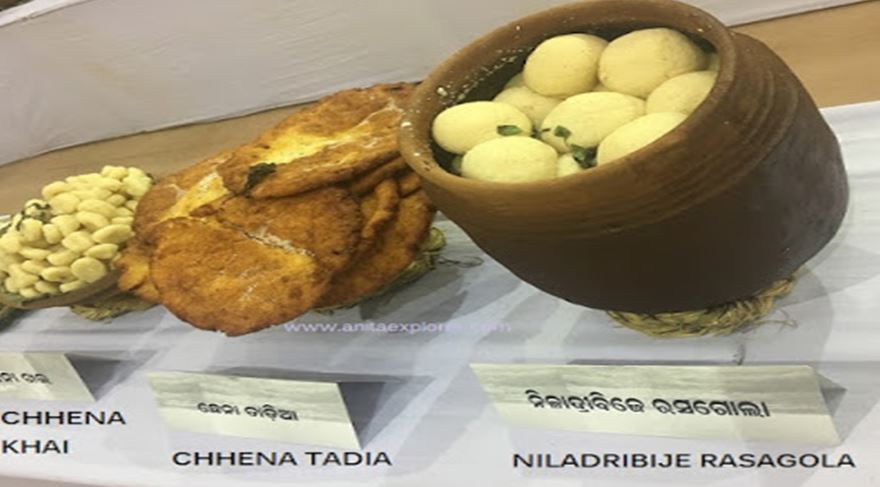
‘Khiramohana’, ‘khira mohana’, or ‘kheer mohan’ has created much confusion. Whenever Odias try to share the reality about Rasagola, Bengalis and those who believe in their story, argue that ‘white’ Rasgulla belongs to Bengal, while the ‘brown’ khiramohana is of Odisha. The Wikipedia page about ‘Khiramohana’, has the link of a report published in the Times of India on July 6, 2015, that states- “the precursor to the rasgulla were probably the kheer mohan, which was invented in Odisha and was offered to the deities at the Jagannath Temple in Puri.”
Other news-reports share that it was “known as Khira mohana due to its almost white appearance back in the 11th century” and that this chhena sweet dish “was offered” earlier. However, consultation with Jagannath Temple servitors and Jagannath culture experts reveals that there is no mention of ‘kheer mohan’ in ‘religious texts and temple records’, rather ‘Rasagola’ bhoga is mentioned that is still being offered on Niladri Bije every year as per the continuing tradition.
‘KhirMohan’ is sold in Odisha – it is the brand name of the popular brown variant of Rasagola sold by Bikalananda Kar’s sweets, a famous confectionery seller. Perhaps, this may have caused the association of khiramohana with Odisha. In the birthplace of Rasagolas, varieties of Rasagolas are found- white & light brown/saffron too.
Brand Spelling:
Presently multiple spellings are used for Rasagola viz.- Rosogolla, Rasogolla, Rasagulla, Rassogolla, Rasogulla, Rasgolla, Rashogolla, Rosgulla, Rasgoola, Roshogulla, Rossogolla, Roshgola, etc. Confused about how many ‘S’ or ‘L’ to use in the spelling? There is no standard spelling of Rasagola in English now, though “Rasgulla”, more loyal to the Hindi spelling, is used more frequently. Note- In the Odia spelling of Rasagola, double “L” is NOT there.
Why the craze to follow other languages (s) and use double ‘L’ in the spelling of Rasagola? Why use ‘O’ instead of using the letter ‘A’ after the letters R and S? Why give emphasis to some letters? Why pronounce Rasagola in any other way? Why allow multiple spellings of Rasagola? For brand communication, Rasagola must be spelled the same all across our state. All must use the same English spelling of Rasagola online & offline. The first step for branding and marketing is to- Use a uniform spelling of RASAGOLA.
Rasagola Day:
#RasagolaDibasa has been an attempt to stress on the Odia spellings of ‘Rasagola’ and ‘Dibasa’ and to mark the Niladri Bije celebration. Note the spelling of ‘Rasagola’ used in the hashtag. Though the hashtag has been trending on Twitter each year on Niladri Bije, many are still using multiple spellings of ‘Rasagola’ and ‘Dibasa’ even to refer to the hashtag!
Spelling the brand in our own way as R-A-S-A-G-O-L-A will be the first step to stake ownership of our centuries-old dessert linked to our Odisha’s culture. This is everyone’s responsibility- public, sweet-shops, hotel associations, media-channels, newspapers, etc. Please change the incorrect spellings and update ‘RASAGOLA’ spelling in banners, hoardings, reports, and communication everywhere. High time we start using this spelling consistent#RasagolaDibasa ly- R-A-S-A-G-O-L-A. Everyone must also have the same beliefs and stories. Time to ask yourself which version of the story do you have- the real or the fake?
Innovation, collaboration, and promotion are needed. This is not just the government’s responsibility. We need an aware and responsible public and media.
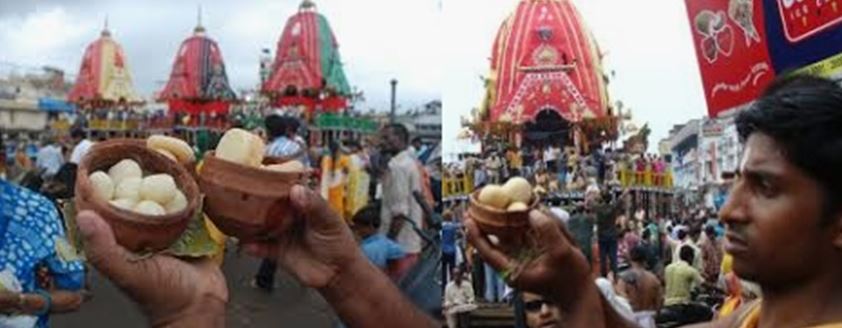
Conclusion:
Rasagola has immense potential and power. Each year, on Niladri Bije, it comes to the rescue of Lord Jagannath, the Lord of the Universe. Rasagola’s reach must be widened so that the world can taste this dish. This ‘King of Sweets’ can easily win the world’s fancy and ‘most favorite dessert’ title.
Till the public perception tilts to Odisha’s favor, enjoy and make others enjoy the Odisha Rasagola’s legendary taste, texture, and flavor! Don’t forget to spell RASAGOLA right. If you spot anyone misspelling Rasagola, set it right by not taking it lightly! There is no doubt that with Odisha Rasagola has a rich connection. High time the world acknowledges and accepts Rasagola’s cultural link with Puri Jagannath Temple and Odisha’s history and continuing tradition. (Concluded)
(Every year, Rasagola Dibasa is celebrated on Niladri Bije, the last day of the Ratha Jatra. Join us in the fifth celebration on social media using hashtag #RasagolaDibasa.)
(Dr. Anita Sabat is a Bhubaneswar based social entrepreneur & Activist. This article was earlier published in Rath Yatra issue of ‘Odisha Review’)























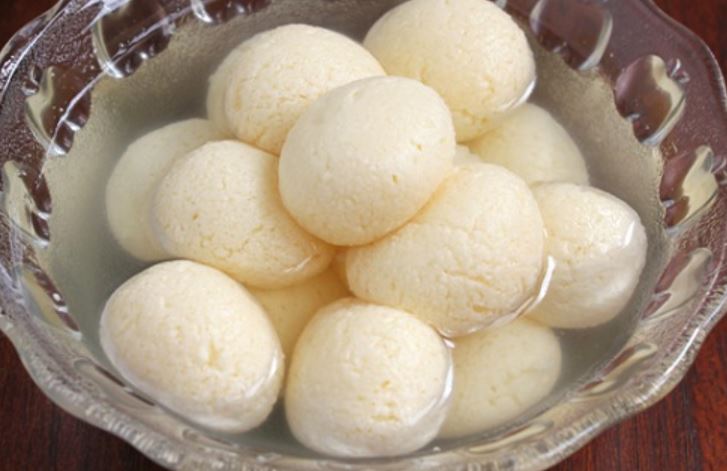
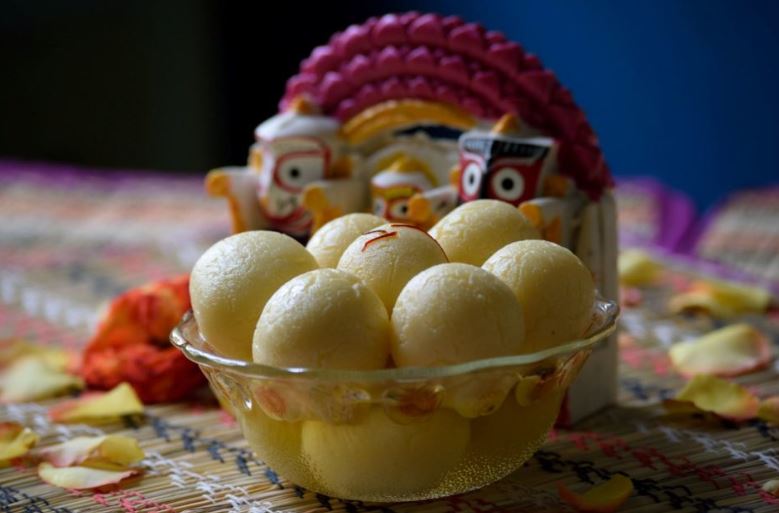
I am very happy .
Absolutely enjoyed reading all the three parts of the article, very comprehensively written, wonderful.